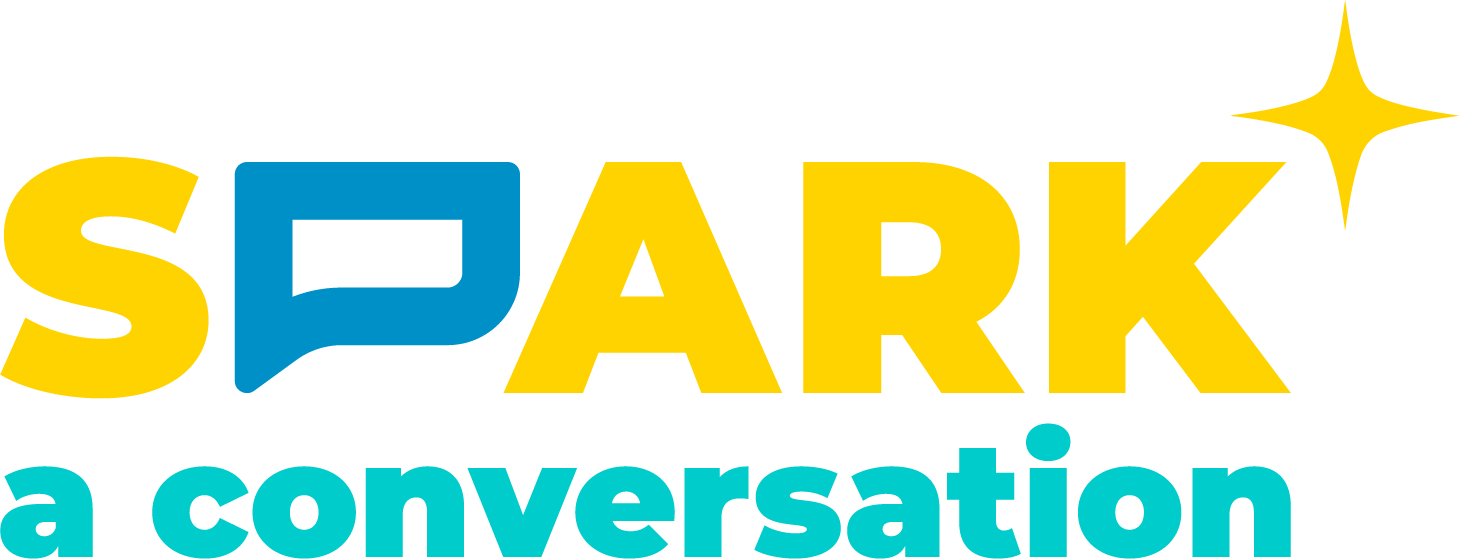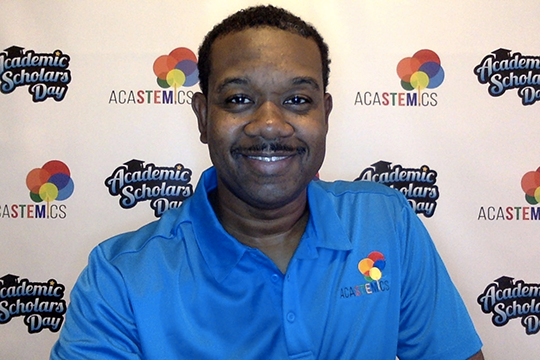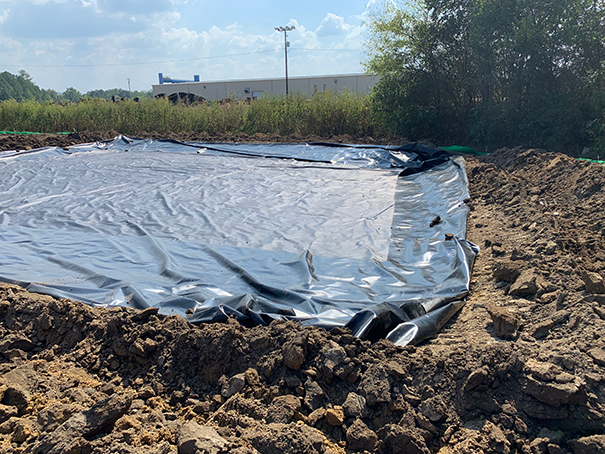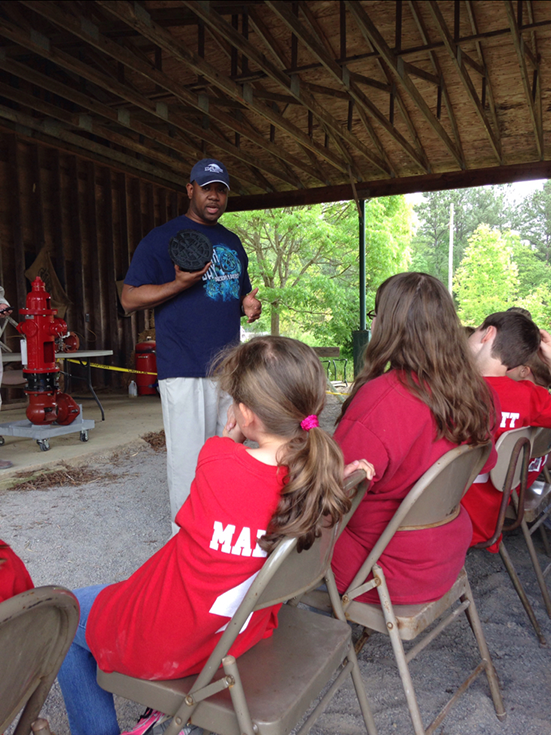
Environmental Engineer Jerome D. McQueen designs systems to clean up pollution created by planes, factories, and other things that produce waste.
What forms of pollution (in the air, soil, or water) have you noticed? Where? When? Did you see it causing any problems?
Environmental Engineer Jerome D. McQueen PE wants kids around the country to know that scientists and other STEM professionals are regular people. As the founder of AcaSTEMics, an organization that works to get kids interested in careers in STEM, he loves talking to scientists, techies, engineers, and mathematicians as if they’re “at the barbershop: we’re just regular people, and we can just talk about STEM.”

McQueen’s own interest in science began when he was a little kid playing in his front yard and the county decided to pave the dirt road he lived on. The construction workers destroyed half of Jerome’s family’s yard by digging a large ditch so that the water had somewhere to go.
Frustrated that his play area had been cut in half, Jerome asked one of the workers “‘Why did you do that?’ And he said, ‘that’s the way the engineer drew it up,’ and I had to figure out WHY that engineer did that.”
McQueen’s love of STEM didn’t fade in part because his high school physics teacher, Mr. Reeves, brought science to life through captivating experiments. Mr. Reeves reinforced the concept that gravity works independently from velocity – in other words, gravity pulls on objects no matter how quickly they’re going – by building a gun from aluminum cans. He filled one end of the gun with lighter fluid and placed a tennis ball at the other. Lighting the fluid sent the ball shooting across the room.
After high school, McQueen started college at South Carolina State University but struggled academically. At the end of his first semester, he had a low GPA. Because his mom was a teacher, he says that “there was no way I could walk in my house with a 1.4 grade point average.” He turned his grades around and graduated with honors.

Because of his academic success, McQueen received a NASA fellowship that paid for all his tuition and fees and provided a $15,000 stipend during his studies. During the on-campus portion of the fellowship at NASA, he developed an air pollution capture control system from jet engine test cells. Water sprayers cool the exhaust pollutant air stream and remove large aerodynamic solids. The pollutant stream is routed through a fabric filter to remove fine particulate matter before releasing clean air to the environment. Thus the testing of jet engines does not contribute significant pollutant emissions to the environment.
McQueen continues to fight pollution in his work at a fire hydrant/water pipe iron foundry manufacturing company called McWane. There, he serves as the environmental compliance director — the person who makes sure that the company follows environmental regulations. He uses math every day at work. His mathematical skills are especially important during the yearly emission inventory. Every year, McQueen calculates the total air pollution emitted by the 10 manufacturing plants he oversees.
McQueen doesn’t merely monitor the pollution factories produce: he also helps with hazardous waste clean up. Recently, he completed a $1.5 million project removing PCBs from the soil. PCBs, scientifically known as polychlorinated biphenyls, are chemicals produced by manufacturing plants that endanger both humans and the environment. If they contaminate water sources, they are ingested by fish and then by the people who eat those fish. PCBs can cause many diseases in humans, including cancer.

On this particular project, McQueen managed the clean up of a site where the soil had up to 50 times the level of PCBs the Environmental Protection Agency deems safe. After two years of testing and planning, McQueen’s team removed 310 trucks-worth of soil to a hazardous waste disposal site. The area, once a threat to both people and the environment, now serves as flood prevention for the city of Aniston, Alabama.
McQueen is passionate about sparking students’ interest in STEM. He participates in an annual Earth Day celebration at which he teaches over 1,000 fourth-graders the environmental concepts of Recycle, Reuse, & Reduce.
Before founding AcaSTEMics, he mentored 225 people in Atlanta, Georgia through the organization 100 Black Men of America. One of his mentees particularly inspired him. The young man had been caught up in the juvenile justice system. McQueen was dedicated to helping him. He emphasized how promising engineering is as a career and even spent one Thanksgiving in a juvenile detention center with his mentee.
After the mentee’s family moved out of Atlanta, McQueen lost touch with him. Several years later, the young man’s mom reached out to McQueen to let him know that her son had graduated from Ohio State University with a degree in engineering. As she told McQueen, “Y’all think he wasn’t listening … but he was. He was.”
Do you ever wonder why you should study lots of math and science? McQueen hopes that both Math4Science and AcaSTEMics teach students that studying STEM provides promising career paths— great ways to earn a good living while improving the world. Ultimately, he says, “I want to communicate the unlimited opportunities you have in STEM … the fun and wondrous things that can come out of STEM.”


